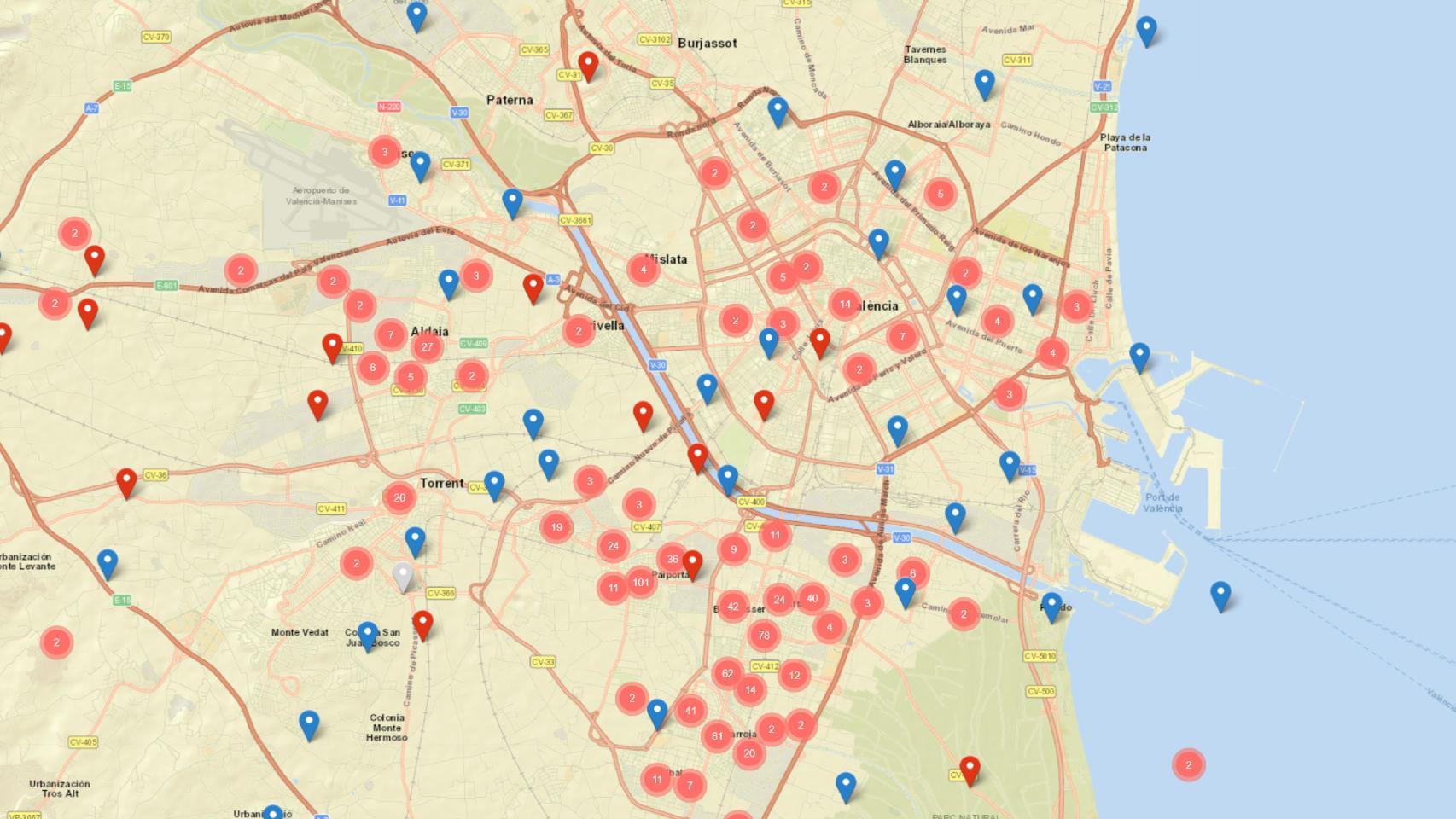Android 12 was made official in October, and the version of Android Automotive based on Android 12 arrived in December. Now, after the release of Android 12L in March, Google has the Android Automotive version based on Android 12L.
Android Automotive should not be confused with Android Auto. Contrary to this, it is a complete operating system that works directly in the car, compared to Android Auto which works on mobile and is projected on the car screen. With Android Automotive 12L they arrive several novelties of Android 12L directly to the car.
What’s New in Android 12L in Automotive
Even today, it is difficult to find cars equipped with Android Automotive, despite Google’s attempts to strategically ally itself with different companies in the sector. Like Android on mobiles, manufacturers themselves can adapt Automotive to the needs of each car, but with the main version of Android as the basis. The latest official version is Android Automotive based on Android 12L
-
quick commands. With this feature, manufacturers can add buttons to enable or disable options such as Bluetooth from the status bar, without having to open system settings.
-
Improvements to Rotary Supportincluding bug fixes.
-
User interface customization. More possibilities for manufacturers to customize the Android Automotive user interface.
-
Visual review of notifications. Notification usability improvements, including grouped notifications.
-
Better Bluetooth reconnect performance It’s easier to reconnect to frequently used devices.
-
Mail database. The MAP messaging profile can be used to access messaging applications that rely on Bluetooth.
-
Network selection by application It is possible to create a dynamic network policy that determines which applications can use certain networks.
-
double ST. Allow the IVI to connect to a manufacturer-restricted Wi-Fi network, simultaneously with a primary connection to a Wi-Fi network.
-
Audio attenuation signal. Provides HAL with audio status and information about output devices to avoid.
-
Volume improvements. More precise volume control is included with the ability to create volume groups.
-
Disabled per volume group. It is possible to cut a group of volumes.

-
AIDL migration for AudioControl HAL. AudioControl HAL has been migrated from HIDL to AIDL to fully utilize AIDL functionality.
-
Power policy management for audio. Power management for car audio service is allowed.
-
CarEvsManager. Allows manufacturers to implement an Android activity that previews car camera services.
-
Management of surveillance USB keys. Manages system flash memory by limiting the amount of data written to storage. It allows manufacturers to set write thresholds and collect statistics for applications.
-
Vehicle-related encryption. Android Storage Encryption can now be configured to store certain key encryption settings in an external ECU. This prevents data collection when removing the head unit from the car, for example due to theft.
-
Safe options for developers. Android and ADB developer options can be enabled remotely exclusively by a manufacturer. The reference implementation provides mechanisms for accessing the remote web service and cryptographic tokens.
-
Advanced Driver Assistance Systems (ADAS) location switch. Device location access for apps used for ADAS can now be controlled with a separate in-app location switch Setting.
-
telemetry. Allows processing more metrics on Android Automotive devices.
-
bug fixes. Bug fixes and guarantee that Android Automotive is 100% compliant with Google’s CTS, CTS-Verifier and STS tests, without the need for additional patches beyond the AOSP code.
Through | 9to5Google









